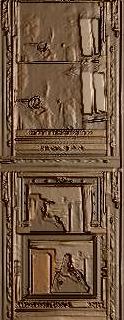Striker.
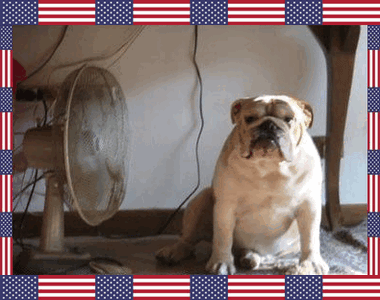
Son And Grandson Of Striker.
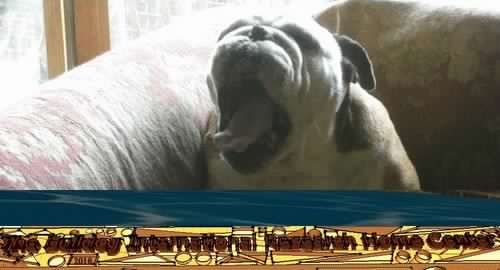
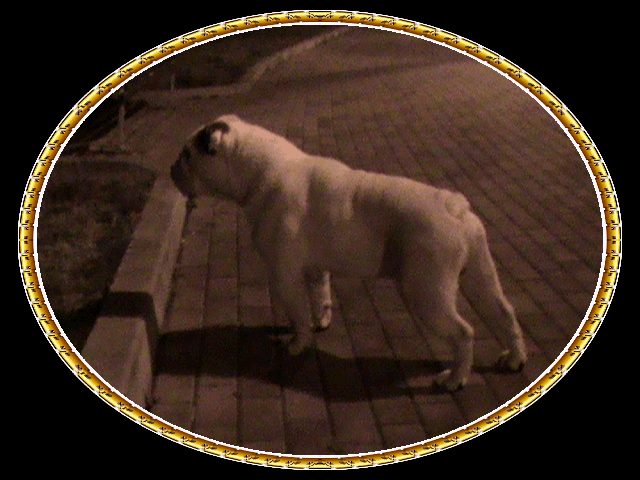
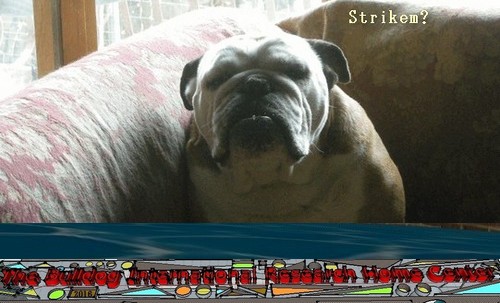


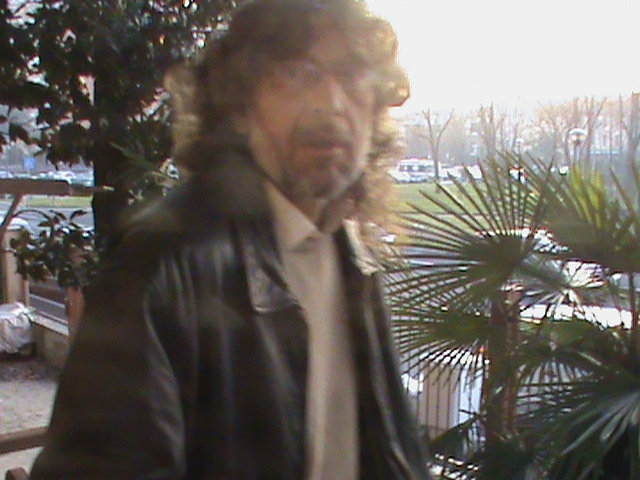 CONTACT: originalbulldogclub@gmail.com
CONTACT: originalbulldogclub@gmail.com


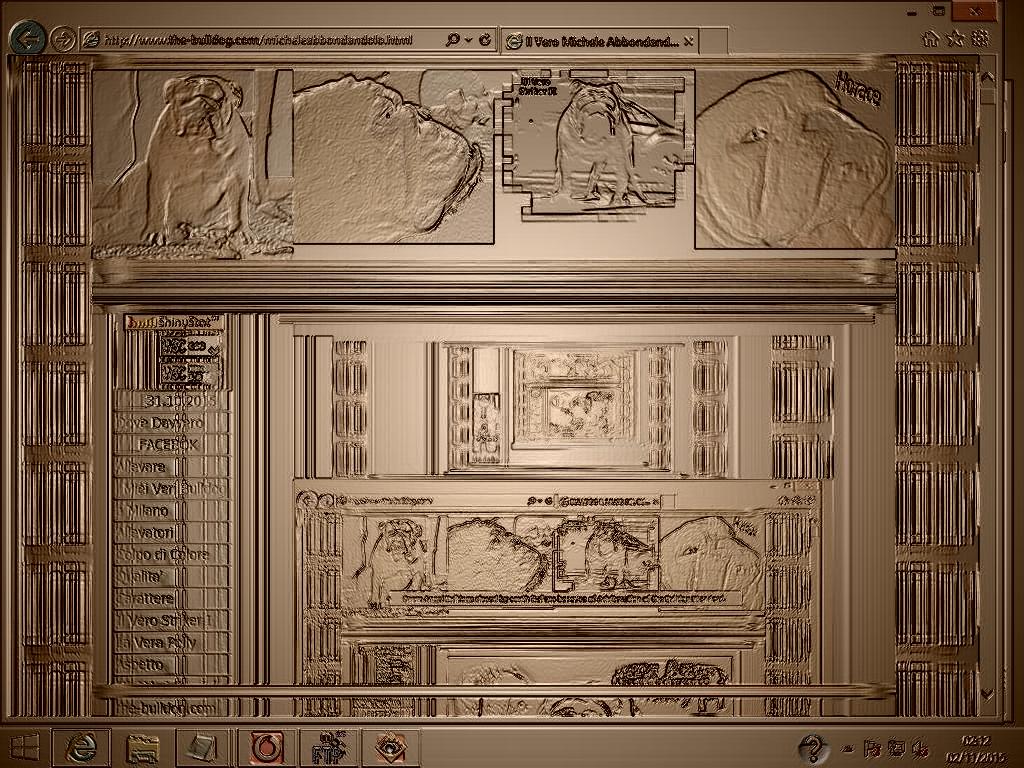
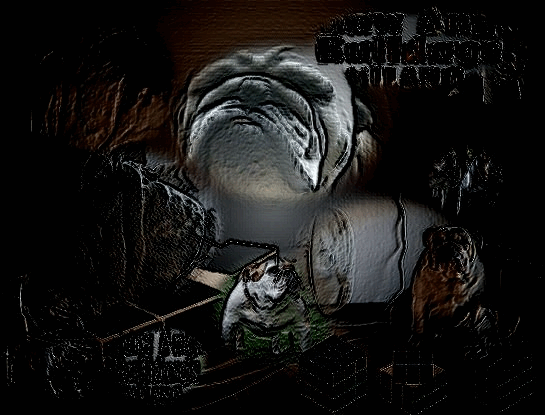


Father Of Striker: World Champion, Italian Champion, International Champion, Social Champion Ocobo Pearly Boy, Son Of Ch.Ocobo Tully. Mother: Tuffnuts Snow Angel, Daughter Of Ch. Tuffnuts Striker, Son Of Living Legend
Characteristics of the Pug
Notwithstanding what some writers have said to the contrary, I believe that little change has been made in the appearance & in "the points" of the pug during the past forty years. Twenty years ago "Idstone" (the Rev. T. Pearce) said there were not half a dozen good specimens to be found in the country, & that a quarter of a century before he wrote the pug was the rarest of all "toy dogs".
The Pug.
I must, however, take exception to the remarks of that pleasant writer, for when he published his book of the dog, pugs of great excellence were to be found in considerable numbers throughout the length & breadth of the land, nor at any time within the present century have they been so rare as either the Italian greyhound, the Maltese terrier, or even as the Yorkshire terrier. Unfortunately, prior to the introduction of dog shows, cruel custom had insisted that the pug dog looked most lovely when robbed of its ears. They were not merely cut off & artistically trimmed, as is the common practice with the bull terrier & one or two other varieties at the present time, the pug's ears were shorn off, & rounded close to the head; so close, indeed, in some instances, as to give the impression, which was curiously believed to be correct, that they had been torn out by the roots. The vagaries of fashion are certainly most difficult to comprehend, & why a delicate lady's pet dog should have been tortured in this way there is not the slightest reason to show Fighting dogs had their ears cut off to prevent their offering a hold for the teeth of an opponent; ears of terriers had been cut to produce a smarter & brighter appearance, & perhaps the tail had been docked in the first instance under the vulgar superstition that the "distemper worm "was thereby destroyed! A pug with the ears shorn off was rendered hideous, though may be its profile thus looked more like the shadow of a clenched fist than it would with the ears on; the pug no doubt obtaining its name from the Latin word pugnus, a fist.
The pug has never been claimed in this country as a native breed, but was supposed to have been a native of Holland, & even to this day is sometimes called the Dutch pug. As it happens, at present more of them are with us now than is the case in any other country on the Continent, although the pug has a wide range, extending pretty much from the east to the west of Europe. In France & Italy it is a favourite with the ladies, & at one period of its existence, but for a short time only, it was known in the former country as the Carlin, owing to its black mask or muzzle, a name given it in honour of a popular harlequin named Carlin. This, of course, was but a passing fancy, & prior to Carlin's popularity they had been known as doguins or roquets, but afterwards they obtained the commoner, if less euphonious name of pugs.
The "Sportsman's Cabinet" (1804) gives an illustration of the pug drawn by Reinagle: a cropped dog with a black mask, curled tail, & toying with a much smaller specimen, which, also being cropped, cannot well be a puppy. Thus the inference is conveyed that when the drawing was made there were pugs of two quite distinct sizes, one of which may probably have been 141b. or more, the other not more than half that weight. Unfortunately, the letterpress accompanying the illustration is meagre in the extreme, if not actually vague. It says that it is asserted by some that the "genuine pug was introduced to this island from Muscovy, & they were originally the undoubted natives of that country. Others assert the pug to have been produced by a commixture between the English bulldog & the little Dane, calling such races simply mongrels, as coming from the mixture of two pure races.... In the whole catalogue of the canine species there is not one of less utility, or possessing less the powers of attraction than the pug dog. Applicable to no sport, appropriated to no useful purpose, susceptible to no predominant passion, & in no way remarkable for any extra eminence, he is continued from era to era for what alone he might have been originally intended - the patient follower of a ruminating philosopher, or the adulating & consolatory companion of an old maid".
The above is rather rough on the poor little pug, but such an unfair & ungallant description could only have emanated from the brain of a rough sportsman of the old school, whose chief delights would lay in badger drawing, bull baiting, & cock fighting. The pug dog has its uses in society, & possesses credentials as a lady's dog that cannot be excelled, of which, however, more later on.
With such a comparatively modern dog as the pug there should be more about him to be learned, but history is silent on the subject. Some say that he is descended from the bulldog; others that the bulldog has been improved by an infusion of pug dog blood into him. I have never met anyone who has made the cross either one way or the other, but I should not be surprised to find that during the early part of this century some of the small-sized bull bitches were mated with a pug dog in order to produce that fawn or "fallow smut" bulldog which some fanciers admire very much indeed. But if the cross ever was there, such has been so carefully bred away that nothing of it remains, excepting, may be, in the hue of our national canine representative. Such bulldogs as Guido & Queen Mab have, perhaps, as nearly as anything approached the pug dog in hue, but although they are fallow or fawn smuts, there is nothing about their character or appearance to indicate in the slightest degree that pug blood might be running in their veins.
As to the origin of the pug, Buffon, one of the most unreliable of naturalists, says that the pug is but a "modified bulldog" from the Cape of Good Hope, it being imported into Holland when the Cape was a Dutch settlement, & soon became a favourite pet with the ladies. That the country which has since been responsible for the Schipperke also gave us in the first instance our pugs, I have no doubt whatever. It was very fashionable in England soon after the accession of our William III., he & Queen Mary II., no doubt bringing sundry specimens over with them as part & parcel of their retinue. History tells us that the pug became first favourite at the Dutch Court in the time of the father of our William III. who, like others, had enemies. One night, whilst camping out, he was wakened by the scratching & barking of his pug dog, which had been aroused & rendered furious by the appearance of a party of pikemen, who sought the life of the Prince. Two of his attendants were killed, but otherwise the murderous attempt was baulked through this watchfulness & vigour of the canine guard. If such were the case, & history is not always truthful, there is little to wonder at the favouritism of the pug, although it did no more than any other dog would have done under similar circumstances. The quaint-looking, courtly little dogs were quite the rage for a time, but I fancy that for one reason or another they did not make a great deal of headway in Britain, possibly because in-breeding had made them delicate. However, every now & then some fresh blood was introduced from both France & Italy, as well as from Holland, & so the breed was continued, although it did not become particularly common; still, there were plenty of pugs to be found up & down the country, & they were fairly installed one of our own varieties.
About the time Hogarth, the great painter, flourished, Dutch pugs were as fashionable as black pages, & no lady of title was considered to be fully equipped unless she had both in her following. Although the painter himself cannot be said to have been a man about town or a creature of fashion, still he kept his pug dog - at least, it is generally understood that the dog which appears in the best known portrait of the artist is intended to be a pug, & the fashionable breed in that day; to me it seems but a nondescript creature.
In due course special strains came to be produced, & Lady Willoughby de Eresby, of Grimsthorpe, near Lincoln, & Mr. Morrison, of Walham Green, gave particular attention thereto. Of those strains "Stonehenge" says: -
"After a great deal of trouble a dog was obtained from Vienna which had belonged to a Hungarian countess, but was of a bad colour, being a mixture of the stone fawn now peculiar to the 'Willoughby strain,' & black; but the combination of these colours was to a certain extent in the brindled form. From accounts which are to be relied on, this dog was about twelve inches high, & of good shape, both in body & head, but with a face much longer than would be approved of by pug fanciers. In 1846 he was mated with a fawn bitch imported from Holland, of the desired colour, viz., stone fawn in body, with black mask & trace, but with no indication of brindle. She had a shorter face & heavier jowl than the dog, & was altogether in accordance with the type now recognised as the correct 'Willoughby pug.' From this pair are descended all the strain named after Lady Willoughby de Eresby, which are marked in colour by their peculiar cold stone fawn, & the excess of black often showing itself, not in brindled stripes, but in entirely or nearly entirely black heads, & large 'saddle marks' or wide 'traces.'
"But coincidently with this formation of a new strain was the existence of another, showing a richer and more yellow fawn, & no tendency to excess of black. This strain was possessed by the late Mr. Morrison, of Walham Green; the late Mr. H. Gilbert, of Kensington; the late Mr. W. M'Donald, & some others. According to Mr. Morrison's statement to me, this strain was lineally descended from a stock possessed by Queen Charlotte, one of which is painted with great care in the well-known portrait of George III. at Hampton Court; but I could never get him to reveal the exact source from which it was obtained. That he himself fully believed in the truth of this story I am quite confident; & I am also of opinion that he never hazarded a statement of which he had the slightest doubt. Although he never broadly stated as much, I always inferred that the breed was obtained by "back-stair influence," & on that account a certain amount of reticence was necessary; but, whatever may be the cause of the secrecy maintained, I fully believe the explanation given by Mr. Morrison of the origin of this breed of pugs, which is as commonly known by his name as that of Lady Willoughby de Eresby by hers. His appeal to the Hampton Court portrait, in proof of the purity of his breed from its general resemblance to the dog in that painting, goes for nothing in my mind, because you may breed up to any type by careful selection; but I do not hesitate to indorse his statemeut as to the Guelph origin of his strain, because I have full confidence in his truthfulness, from having tested it in various other ways. I need scarcely remark that both strains are derived from the Dutch - 'the Morrison' coming down to us through the three Georges from William III., and 'the Willoughby' being, as above described, a more recent importation direct from Holland and Vienna".
I need scarcely say that neither of the above strains is to be found in its purity at the present day, no pains having been taken to keep them distinct, but there are as many good pugs now as ever there were. In the family of the Willoughby de Eresby's no pugs have been kept for ten or a dozen years. An early edition of "Dogs of the British Isles" contains an engraving from a painting, of two pugs, the original stock from which the "Willoughbys" were bred. They are both fair specimens, perhaps standing rather higher on the legs than is liked at the present day, but otherwise quite typical animals, & they have their ears cropped. About fifteen years ago there was a newspaper warfare, in which one side argued that the pug had already degenerated or was degenerating; but as is usual in controversies of this kind, nothing of interest appeared, although perhaps some good resulted by attention being drawn to the great size of many of the leading winning pugs. Dogs from 2olb. to perhaps 241b. weight or more were often enough seen at the head of the prize lists, which of course was not to be borne quietly by those who were showing animals not more than 181b. in weight, which as a fact is quite big enough, & it is gratifying to find that the Pug Dog Club, which was established in 1883, expresses an opinion strongly against the over-sized specimens.
Although pugs had classes provided at the first show which included non-sporting dogs at Birmingham, in 1861, strangely enough there was no competition, but since then divisions arranged for them have been respectably filled. In 1885, & with one exception ever since, the pug club has had a show of its own, though sometimes it has taken place in amalgamation with that of other Toy Dogs & Toy Spaniels. In 1886 classes were provided for dogs under & over 181b. weight each, & for bitches under & over 151b., but at the more recent gatherings the restriction as to size is - dogs, 151b. weight, & bitches 141b. weight, thus completely ousting the bigger animals, which are certainly out of place as pugs, for there is no elegance in a large-sized specimen of this variety. In 1887 Mr. H. G. Foster's Comedy, known as the immense Comedy, which weighed probably 241b., was given the first prize at the National Show at Birmingham.

Features of the Pug Breed Standard
I think a pretty good idea of what a pug should be, is given in the drawing by Mr. Wardle which precedes this chapter. As a companion in the house, & for an occasional run into the country, no dog is better fitted than the pug. He is cleanly in his habits, has a pretty, soft coat, & nice skin; no foul smell hangs about him, & he is gentleness itself. He shows no ill-temper or moppishness, & the objectionable lolling out of the tongue & unpleasant snorting, which at one time were so common in this variety, is quickly disappearing. Of several pugs that I have owned or known, not more than one of them was addicted to either of these unpleasant habits. All were lively & tractable, & if not actually as intelligent as a highly-trained poodle, one pug I knew was quite accomplished in many little tricks he used to perform. No doubt had a professional trainer taken this little dog in hand it would have been able to earn more than its own living on the stage. Again, a pug can remain sweet & healthy on less open-air exercise than any other dog, & two of them will play about the dining room or nursery & amuse themselves as much as two terriers would by a scamper in the green fields.
The pug is not a hunting dog, except so far as tracking the footsteps of his fair mistress is concerned, but he has been known to take to the unladylike occupation of killing rats, which he has done as well as a terrier. Still, it is no part of the duties of a lady's lap-dog to soil his pretty mouth by contact with the most obnoxious of creatures, because we all know that perhaps the next minute he may be fondled & caressed by his owner. Although I have said a pug dog can do with comparatively little out-door exercise, still, he is better for as much as he can be given, for no dog has a greater tendency to put on fat, & reach a state of obesity, than the one of which I write. Whoever saw a pug dog thin & gaunt, with its ribs & backbone almost sticking through the skin? He always looks smooth, contented, & comfortable, eats well, & he should have as little meat & fat-producing food as possible. Some writers have given him the reputation of stupidity, but I do not believe him deserving of such an epithet. In the house & out of doors he is as sensible as any other dog, follows well in a crowd when properly trained, & is no more liable to lose himself than an ordinary terrier. Some friends of mine had what they called a pug, but she was not more than half or three-parts pure bred, who was particularly sensible. She would retrieve, kill rats, was fond of the gun, & liked a ride on the 'bus or tramcar so well that she continually would take one on her own account, which the kindly conductor allowed her to have gratuitously, the conditions of the "tram" company notwithstanding. This dog had the curly tail, fawn colour, & general appearance of a pure-bred animal, excepting that she was rather long in face. She lived to a great age, but as a rule the pug is not the longest lived of the canine race.
For a long time there was a fallacy abroad that the sex of the pug could be determined by the carriage & curl of the tail, the dog having his over on the right side & the bitch on the left. As a matter of fact, I have repeatedly observed dogs with the curl to the left, & bitches with theirs to the right. Sundry peculiarities in the pug are that it is essential for the toe nails to be black (this is often overlooked by the judges), & that they should have a black mole or spot on each cheek. Of course, all dogs have the latter, but in the pug it is much more clearly defined than is the case in other varieties. The dark trace along the back is another peculiarity, as is, of course, the quaintly-curled tail.
During the past few years the best specimens have been bred by, or in the hands of, Mr. J. Nunn, London; Mrs. Mayhew, Twickenham; Mrs. Bligh Monk, Coley Park, Reading; Mrs. J. Foster, Bradford; Miss Lea, near Chichester; Mr. W. L. Sheffield, Birmingham; Mrs. Hartley, Nelson; Mrs. Westfield, near Sheffield; Mrs. T. Proctor, Leeds; Mrs. Horner, near Kirkby Lonsdale; Mrs. C. Houlker, Accrington; Mr. R. T. Linton, Edinburgh; the Rev. G. C. Dicker, Birkenhead; Mr. T. T. Craven, Leeds; Mr. H. Maule, Scarborough; Mr. W. B. Garniss, Ashbourne; Mr. T. Dunn; Miss Hamilton, Seend, Wiltshire; and Mrs. Brittain, Durham.
The Pug Dog Club has issued the following description & points of the variety; such must be taken as the standard, & a very good standard, too. The club is a thoroughly representative body, & has two twenty-five guinea challenge cups at its disposal, as well as other valuable trophies.
Symmetry
Symmetry & general appearance, decidedly square & cobby. A lean leggy pug & a dog with short legs & a long body are equally objectionable.
Size And Condition
The pug should be multum in parvo, but this condensation (if the word may be used) should be shown by compactness of form, well-knit proportions, & hardness of developed muscle. Weight from 131b. to 171b. (dog or bitch).
Body
Short and cobby, wide in chest & well-ribbed up.
Legs
Very strong, straight, of moderate length, & well under.
Feet
Neither so long as the foot of the hare, nor so round as that of the cat; well-split-up-toes, & the nails black.
Muzzle.Short, blunt, square, but not upfaced.
Head
Large, massive, round - not apple-headed, with no indentation of the skull.
Eyes
Dark in colour, very large, bold & prominent, globular in shape, soft & solicitous in expression, very lustrous, &, when excited, full of fire.
Ear
Thin, small, soft, like black velvet. There are two kinds - the "rose" and "button." Preference is given to the latter.
Markings
Clearly defined. The muzzle or mask, ears, moles on cheeks, thumb-mark or diamond on forehead, back-trace should be as black as possible.
Mask
The mask should be black. The more intense & well defined it is the better.
Wrinkles
Large and deep.
Trace
A black line extending from the occiput to the tail.
Tail
Curled tightly as possible over the hip. The double curl is perfection.
Coat
Fine, smooth, soft, short & glossy, neither hard nor woolly.
Colour
Silver or apricot-iawn. Each should be decided, to make the contrast complete between the colour & the trace & the mask.
The Standard Points
|
Value. |
|
|
Symmetry .................. |
10 |
|
Size |
5 |
|
Condition .................. |
5 |
|
Body ........................ |
10 |
|
Legs ........................ |
5 |
|
Feet |
5 |
|
Head |
5 |
|
Muzzle |
5 |
|
Ears |
5 |
|
55 |
|
Value. |
|
|
Eyes ..................... |
10 |
|
Mask ..................... |
5 |
|
Wrinkles.................. |
5 |
|
Tail........................ |
5 |
|
Trace ..................... |
5 |
|
Coat ..................... |
5 |
|
Colour .................. |
5 |
|
General carriage |
5 |
|
45 |
Grand Total, 100.
- ___Hoaxer_
-

- __Homepage
-

- ____ Hocum
-

- _____Grooming
-

- Homomorphism
-

- ____Homeboy
-

- ___Hooky
-

- ___House-Room
-

- _____Bull
-

- ____Hulking
-

- _____Hue
-

- ____Bulldog
-

- ____Hobby
-

- _____Bully
-

- ____Bullies
-

- ____Puppy
-

- ___Rules
-

- ___Hushed
-

- ____Skull
-

- ___Hygiene
-

- __Hygeian
-

- ___Illness
-

- ____Sickness
-

- ___Healing
-

- Book Exchange
-

- ____Females
-

- Funny Names
-

- ___Kennels
-

- ___Concerns
-

- _____Price
-

- ___Expo
-

- ____Girl
-

- ___Science
-

- ___For Sell
-

- ____Shop
-

- Cheap Puppy
-

- _____Clubs
-

- ____Images
-

- ____Animals
-

- ____News
-

- Hoary Problem
-

- __Nelson
-

- ___Polly
-

-
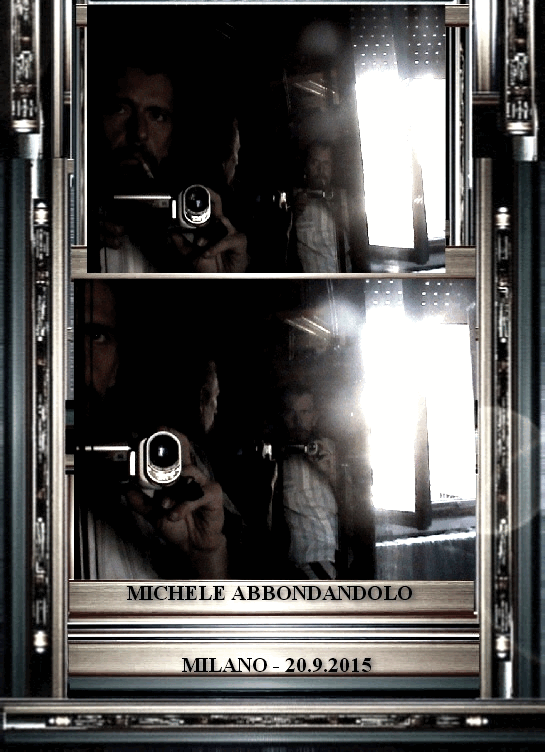


-

- ___Striker

-

